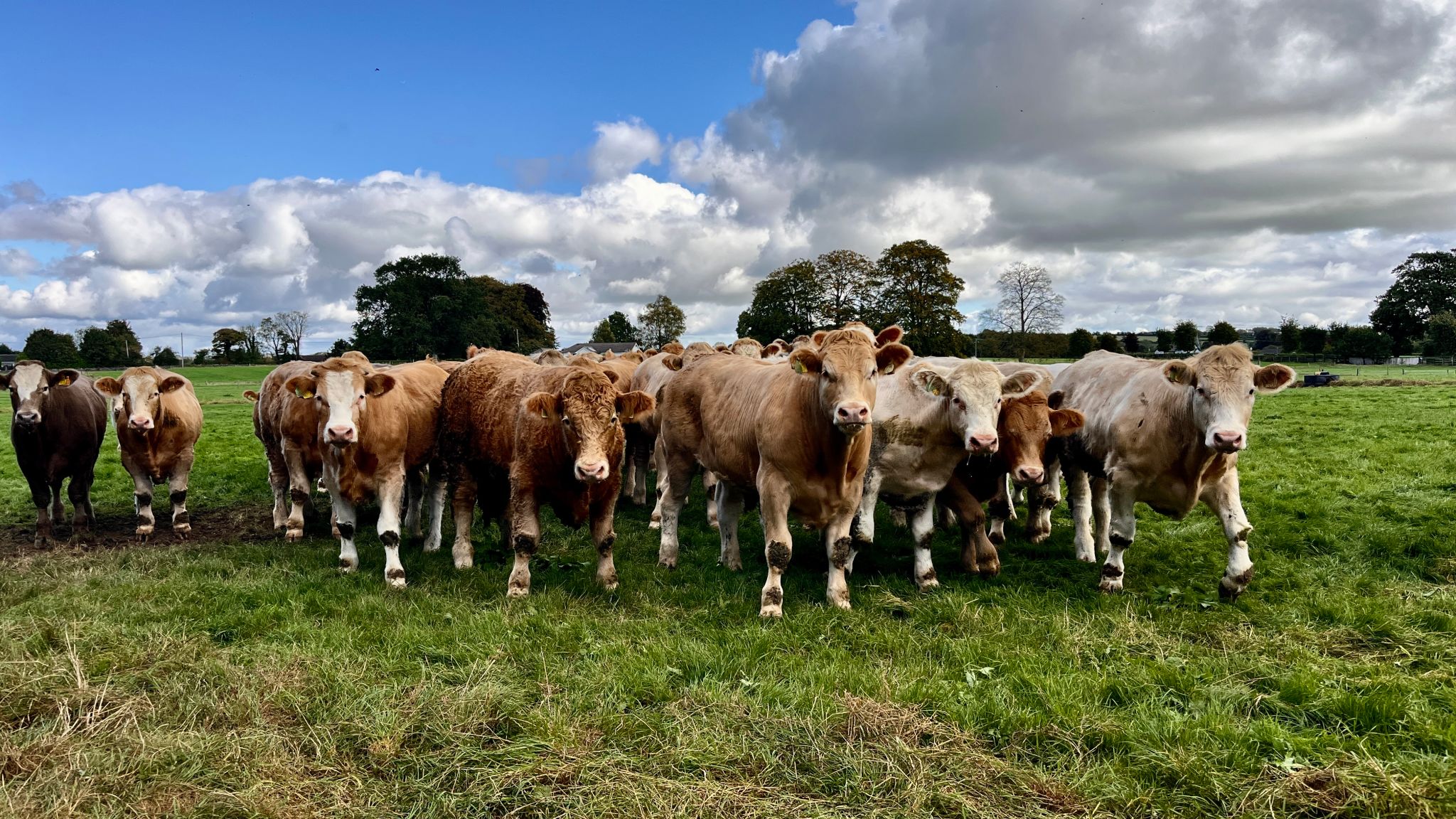Counting the Cost of 2025's Warm Spring: Lessons and Preparations
Introduction
Spring 2025 was not what most of us expected. Instead of battling mud and delayed turnout, we were dealing with record-breaking warmth and long, sunny spells. Met Éireann confirmed it as the warmest and sunniest spring in 126 years of records, with 20–30% more sunshine than normal. Rainfall was well below average, and by late May, cracks were opening in fields across the southeast and midlands. For some, the early grass growth was a blessing, but when regrowth slowed and silage crops came in lighter, the cost of the “good weather” became clear.

What Did It Actually Cost Farmers?
For dairy herds, the hidden cost came in buffer feeding. Many farmers were forced to introduce meal four to six weeks earlier than planned, at a cost of €1.50 to €2 per cow per day. On a 100-cow herd, that added up to anywhere between €4,000 and €8,000 before the start of June. Silage yields were down as well. On average, first cut was lighter by one to two bales per acre. For a 100-acre block, that’s 100–200 bales missing from the yard. At €40–€50 per bale to replace, you’re looking at another €4,000–€5,000 to make up the shortfall.
Sheep and suckler farms also felt the pinch. Early lamb thrive was excellent thanks to the warm conditions, but as grass tightened, creep feed was introduced weeks earlier than usual. That added €25–€30 per lamb to costs. Water was another stress point. Shallow wells and streams dried up early in some regions, leaving farmers with little choice but to tanker water or, in more extreme cases, sink new boreholes. At €5,000–€8,000 for a borehole, that is simply out of reach for many family farms.

Lessons from the Ground
The warm spring wasn’t all bad news, but it highlighted stark differences between farms. Paddocks with clover or multispecies swards held on longer and kept stock grazing for a few extra days. Where soil fertility was at target levels for phosphorus and potassium, regrowth after grazing was noticeably better. And those with well-maintained water infrastructure managed stock stress far more easily than those scrambling to drag pipes across dry fields.
One Carlow dairy farmer summed it up well; “I grew more grass in March than May. The buffer cost me thousands, but the real sting is the lighter silage pit.” That honesty reflects what many across the country were feeling, good weather at the wrong time can be just as costly as a washout.

Practical Moves for Farmers with Limited Budgets
The big frustration is that most advice centres on costly solutions, irrigation, large-scale reseeding, or major infrastructure. But not every farm can afford that. Thankfully, resilience can be built with smaller, cheaper steps. Clover overseeding, at around €120 per acre, is a cost many farmers have found worthwhile. It boosts drought tolerance and reduces fertiliser dependence. Water troughs are another simple win. An extra trough at €80–€120 can prevent crowding, reduce walking stress, and make a big difference in hot weather.
For feed planning, bartering and local swapping have already become more common. A growing number of tillage farmers are open to straw-for-silage or forage trades, which can be a lifeline when fodder is short. And for those really under pressure, designating a “sacrifice paddock” avoids hammering the whole farm when grass simply won’t regrow. These aren’t glamorous solutions, but they are realistic and affordable.

Support Schemes That Help
Schemes like TAMS have provided a boost this year, especially the Solar Capital Investment Scheme (SCIS), which many farmers are tapping into for water pumping and cooling systems. ACRES payments have also softened the blow, particularly the low-input grassland options, which provided a small cushion for feed bills. It’s also worth remembering that investments in infrastructure such as troughs, solar PV, or water systems are 100% tax deductible in the first year. For farms running close to the line, this can turn a daunting outlay into a manageable decision.

Preparing for 2026: What to Do Differently
The biggest lesson from this spring is that “good weather” doesn’t always mean good farming weather. Planning must change. Building silage insurance by targeting 10–15% more than winter needs should be a priority. Feed budgets should be done monthly, not left until August when it is often too late. Local networks, like co-ops, discussion groups, even WhatsApp groups are becoming vital for quick feed swaps and silage deals. And perhaps most importantly, soil fertility cannot be ignored. Every Teagasc study continues to show that paddocks at the correct phosphorus and potassium levels grow one to two tonnes more dry matter per hectare, even in difficult weather. That is the cheapest insurance policy a farmer can buy.

Conclusion
Spring 2025 showed us that heat without moisture can be just as tough on farms as endless rain. For many, it meant higher meal bills, lighter silage pits, and water stress that we’re not used to planning for in Ireland. But resilience doesn’t have to mean big spending. It means making smart, steady changes; overseeding with clover, fixing water troughs, budgeting feed monthly, and leaning on local networks. Farmers who make those changes now will be in a stronger position to face whatever 2026 brings.
*By Anne Hayden MSc., Founder, The Informed Farmer Consultancy.
